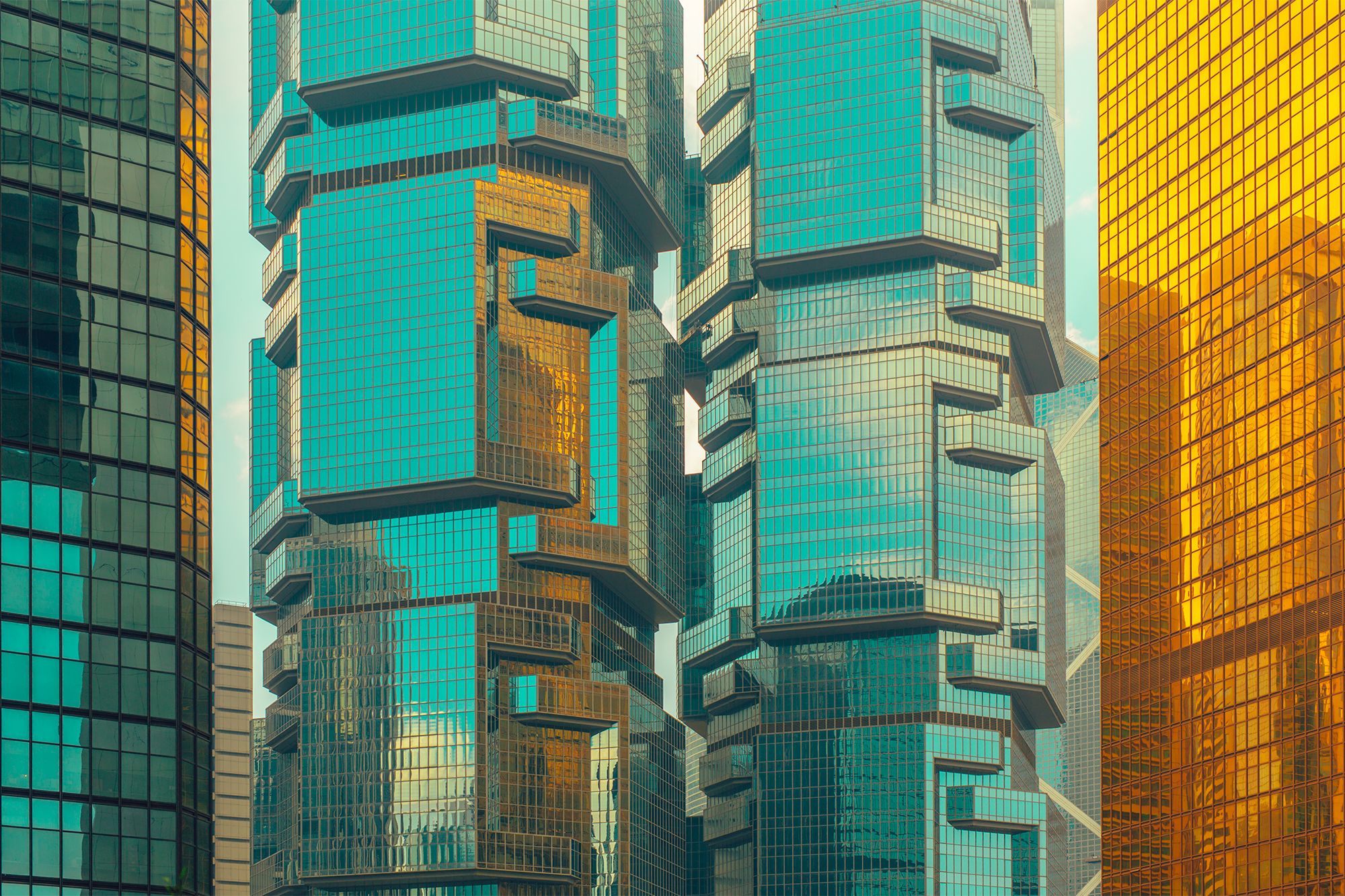No form of architecture more perfectly epitomizes the 20th century than the glass tower. From Manhattan to Moscow, glistening skyscrapers became not only the most practical response to densely-populated cities, but the most coveted symbol of progress.
With cities like Dubai and Shenzhen continuing the trend at unrelenting speed, it seems as if our taste for glazed facades will stretch well into this century too. But a number of prominent architects and urban planners have been speaking out against the material’s overuse.
Why glass architecture is bad for our cities
They raise questions about the impact glass structures have on our public spaces and the fabric of our cities. Developers demand floor-to-ceiling windows, abundant natural light and views worth charging tenants for – but what about the rest of us?
A ‘sea change’ in attitudes
Perhaps more pressingly, there are ongoing concerns over how sustainable these buildings can ever be, given their propensity to trap heat in the summer and lose heat when it’s cold.
The proliferation of glazed skyscrapers was a direct result of post-war improvements to glass technology, which meant that huge panes could be produced quickly and uniformly. Affordable air conditioning (and the cheap energy to run it) meant that the material’s thermal shortcomings mattered little.
But the increasing cost – both financial and environmental – of operating glass buildings is beginning to change the way we think about materials, according to British architect Ken Shuttleworth. Best known for projects like London’s City Hall and 30 St Mary Axe, or “The Gherkin,” Shuttleworth has since spoken out against a material he once used liberally.
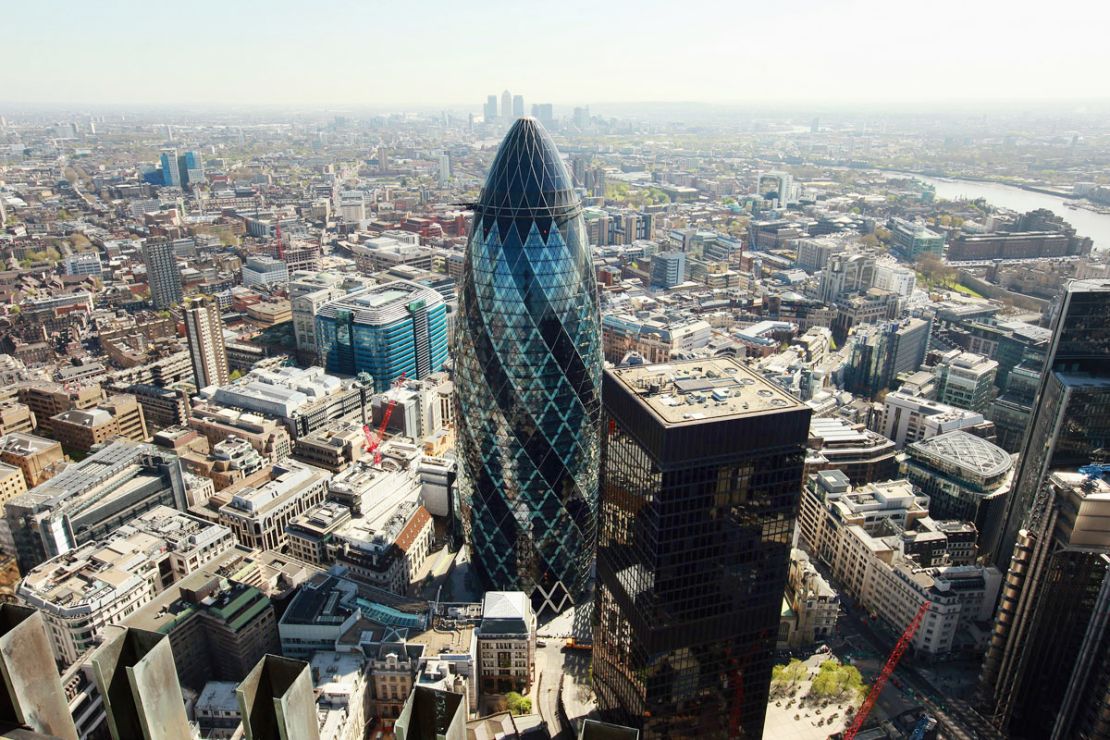
“I think (glass) is a symbol for energy-guzzling buildings, and we need to move to a much more energy-conscious environment to try and save resources,” said Shuttleworth at the London headquarters of Make Architects, the firm he established in 2004. “That’s in a way, a manifesto for us as architects: to try and make buildings more energy-efficient.”
According to the United Nations, 40% of the world’s energy consumption (and approximately one-third of greenhouse gas emissions) can be attributed to buildings. Pressure to construct and run them more sustainably is being felt not only by developers and owners, Shuttleworth said, but by architects themselves.
“We’re looking at a sea change – a lot of architects think the same way as us.”
Technology has undergone significant leaps since glass towers sprang up across America in the 1950s. The use of coating, tinting and double glazing have all helped to reduce the heat losses (and solar heat gains) that plague modern skyscrapers. But Shuttleworth believes that these improvements are, alone, not enough.
“I think the glass industry needs to up the game in terms of thermal performance,” he said. “But I think they’re getting to the point that they can’t go any further at the moment, in terms of technology.”
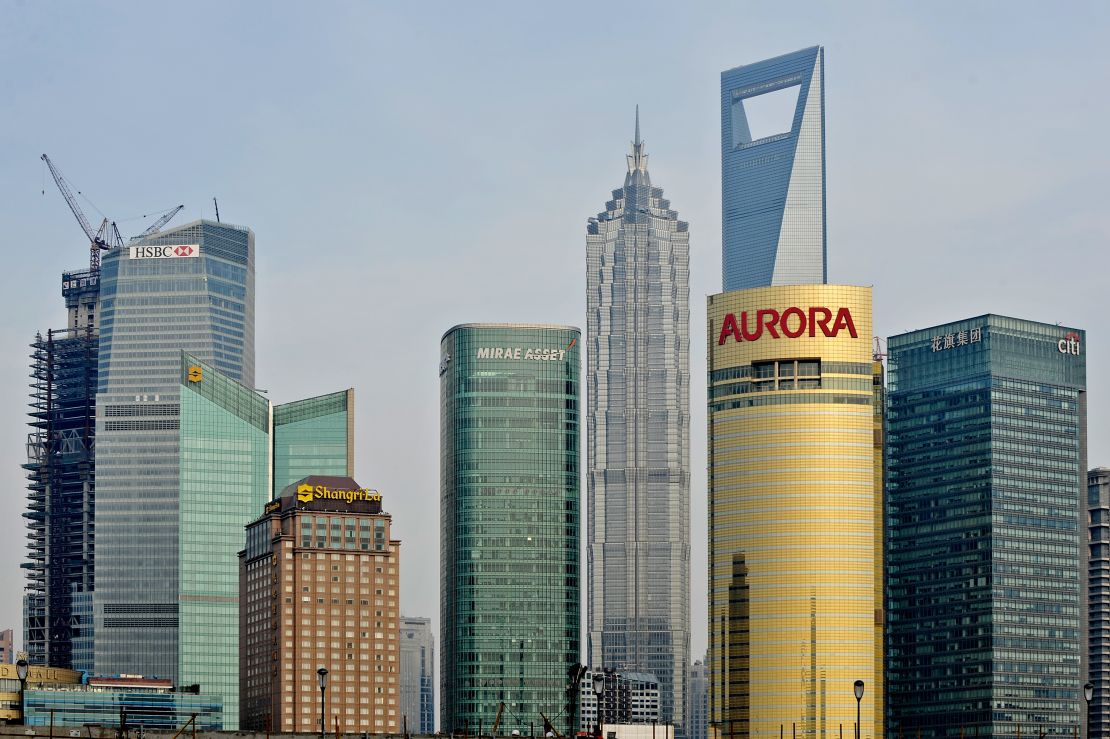
This view is disputed by Bertrand Cazes, secretary general of the glass industry trade association, Glass for Europe. In addition to ongoing improvements to coated glass, he points to new technologies, like building-integrated photovoltaics (BIPV), which contain solar cells capable of producing energy from sunlight.
“Architects, and particularly those working on those landmark buildings, have a key role to play … in embracing the adequate solutions to make sure we get energy performance and zero-carbon buildings,” he said in a phone interview.
“I can only ask them to embrace it even more by working closely with not only the contractors, but also facade makers (and) the glass industry itself, to ensure that the right products are specified for these magnificent buildings.”
Cities of glass
Yet, even with improved glass, some critics believe that glass buildings are bad for cities and people living in them. This can be taken in a very literal sense – just 400 meters from Shuttleworth’s Gherkin, the 20 Fenchurch Street building (better known as the “Walkie Talkie”) had to be fitted with additional shading after sunlight reflected off its surface and partially melted a nearby car.
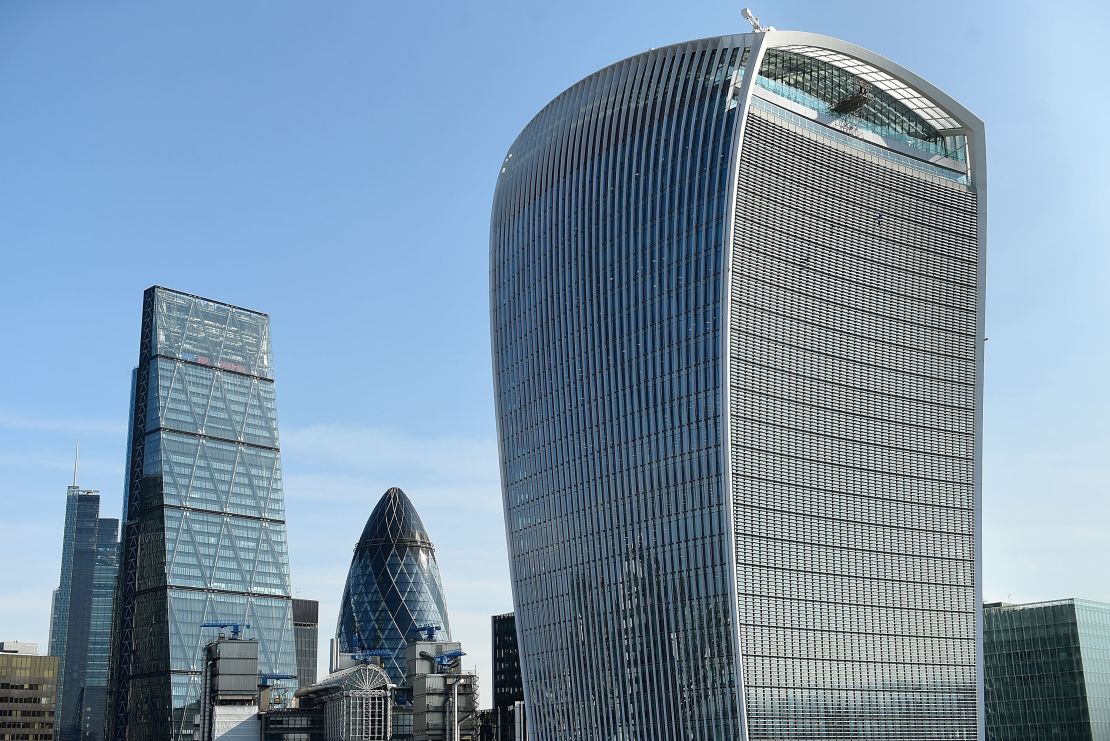
But, freak accidents aside, pedestrians are widely affected by the way these buildings impact upon public spaces, according to architecture critic Justin Davidson. In a recent TED talk he slammed glass skyscrapers for making parts of our cities cold and uninviting.
“Assemblies of glass towers … suggest a disdain for the civic and communal aspects of urban living,” he said in the talk, which was delivered in New York City last year. “(They) are intended to enrich their owners and tenants, but not necessarily the lives of … those of us who navigate the spaces between the buildings.”
Flat glass panels, which are easily replaced and seemingly ageless, are arguably less expressive than alternative materials. But glass buildings, when executed correctly, can present fascinating plays of shadow and light, according to architect Alan Ritchie.
“If (the way that) it’s articulated has been thought out, then I have no problem with glass,” said Ritchie, who co-founded PJAR Architects with Philip Johnson, the Pritzker-Prize winning architect who pioneered the use of the material in the post-war period.
“We’re working on a building now in (New York’s) Upper East Side that has planes leaning, tilting in and tilting out. We try to give them a profile, so it’s not just a big, flat facade. You create more of a texture, or a pattern, and create shadow lines.”
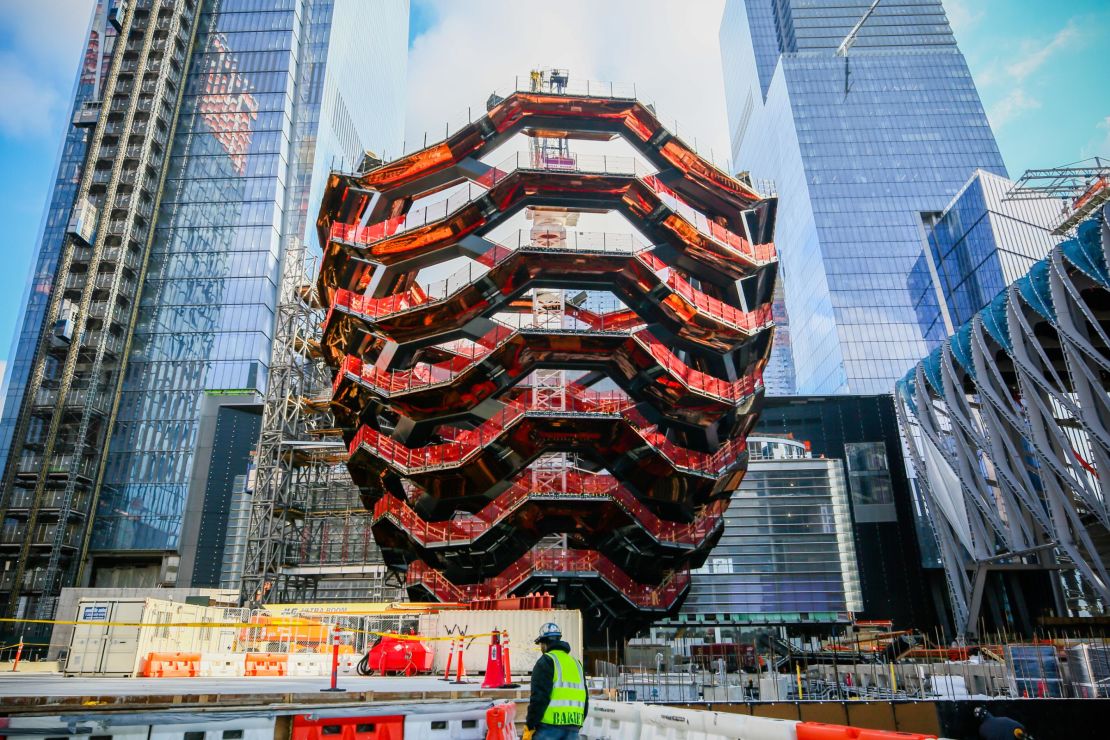
Ritiche expresses concern about the way glass is often used.
“(Modern) buildings end up looking very much alike – there’s no articulation to the planes,” he said in a phone interview. “In a design sense, I think we’ve got to try and steer away from just having simple glass boxes.
“I want to make sure it doesn’t become too cookie-cutter. My office is on (New York’s) West Side and I’m looking right into Hudson Yards,” he said, referring to the site of a $20-billion urban redevelopment project. “In the last few years there have been five or six of these monsters go up, and they all look the same. I just find them a bit overbearing.”
A healthier mix
Despite their criticisms, neither Ritchie nor Shuttleworth are on a crusade against glass per se. Likewise, neither foresee the material falling completely out of favor anytime soon.
But both advocate for a more restrained approach that sees glass used in conjunction with other materials, such as metal or granite.

“I’m not saying you have to work in the dark,” said Shuttleworth, who added that were he to design the Gherkin today, he would opt for a more shading and a “much more responsive external skin.”
“You should still be able to able to work in daylight, and daylight is very important for wellness. I’m saying: be sensible where you put (glass) and make it relative to the views.
“Our (upcoming London building) 5 Broadgate is only 35 percent glazing, with 65 percent solid iron insulated panels, which actually reduce the amount of carbon the building needs to burn compared to an all-glass facade.
“It makes sense to put glass if you’ve got a nice view, and it makes sense to put glass at the top to let daylight in. But it doesn’t make much sense to put glass at the bottom where there’s no view and a limited amount of daylight penetration. It’s just about being sensible.”
